40 bacterial cell without labels
Terahertz thermal curve analysis for label-free identification of ... We developed a label-free identification tool for individual pathogens, such as bacteria, by performing THz thermal curve analysis, as schematically illustrated in Fig. 1a. We monitored the... Structure of Bacterial Cell (With Diagram) - Biology Discussion It is 10-25 nm in thickness. It gives shape to the cell. Nucleus: The single circular double-stranded chromosome is the bacterial genome. Other structures include cytoplasmic membrane, mesosomes, ribosomes and cytoplasmic inclusions. Unlike eukaryotes cytoplasm does not contain ribosome, Golgi, cytoskeleton.
Bacteria in Microbiology - shapes, structure and diagram Bacteria cells are the smallest living cells that are known; even though viruses are smaller than bacteria, viruses are not living cells. There are different types of bacteria with various sizes, shapes, and structures. The bacteria shapes, structure, and labeled diagrams are discussed below. Sizes

Bacterial cell without labels
Bacteria Cell: Different Parts of a Generalized Bacteria Cell ... ADVERTISEMENTS: The different parts of a generalized bacteria cell have been-shown in Figure 2.3 and have been described as follows: 1. Flagella: Bacterial flagella are thin filamentous hair-like helical appendages that protrude through the cell wall and are responsible for the motility of bacteria. Most of the motile bacteria possess flagella. Its length is about […] 3 Common Bacteria Shapes - ThoughtCo Spirochetes (also spelled spirochaete) bacteria are long, tightly coiled, spiral-shaped cells. They are more flexible than spirilla bacteria. Examples of spirochetes bacteria include Borrelia burgdorferi, which causes Lyme disease and Treponema pallidum, which causes syphilis. Vibrio Bacteria Bacterial Cell Structure Labeling Diagram | Quizlet Cytoplasm Water-based solution filling the entire cell Ribosomes Tiny particles composed of protein and RNA that are the sites of protein synthesis Nucleoid Composed of condensed DNA molecules. Cell Membrane A thin sheet of lipid and protein that surrounds the cytoplasm and controls the flow of materials in and out of the cell S Layer
Bacterial cell without labels. Bacteria: Cell Walls - General Microbiology A cell wall, not just of bacteria but for all organisms, is found outside of the cell membrane. It's an additional layer that typically provides some strength that the cell membrane lacks, by having a semi-rigid structure. Both gram positive and gram negative cell walls contain an ingredient known as peptidoglycan (also known as murein ). Bacterial cell structure - Wikipedia The cell envelope is composed of the cell membrane and the cell wall.As in other organisms, the bacterial cell wall provides structural integrity to the cell. In prokaryotes, the primary function of the cell wall is to protect the cell from internal turgor pressure caused by the much higher concentrations of proteins, and other molecules inside the cell compared to its external environment. Label-free bacterial imaging with deep-UV-laser-induced native ... Label-free bacterial imaging with deep-UV-laser-induced native fluorescence Appl Environ Microbiol. 2010 Nov;76 (21):7231-7 ... Given exposure times of 100 μs and low excitation intensities, this technique enables rapid imaging of bacterial communities and cells without irreversible sample alteration or destruction. We also demonstrate the ... Bacterial Cell No Labels clip art - Clker Download Clker's Bacterial Cell No Labels clip art and related images now. Multiple sizes and related images are all free on Clker.com. Facebook Login; X. E-mail Password. ... bacterial cell without labels; bacterial cell no labels; cell no labels; bacteria cell without labels; Advertise on clker; Report a bug; Request a feature; tag; FAQ;
en.wikipedia.org › wiki › BronchitisBronchitis - Wikipedia Protracted bacterial bronchitis in children, is defined as a chronic productive cough with a positive bronchoalveolar lavage that resolves with antibiotics. [75] [76] Protracted bacterial bronchitis is usually caused by Streptococcus pneumoniae , non-typable Haemophilus influenzae , or Moraxella catarrhalis . [76] Stains - Microbiology Resource Center - Truckee Meadows ... - TMCC Place your needle/loop in the center of the drop and with a spiraling circular motion spread the bacteria on the slide. Set the slide aside to air dry. This will take several minutes at least. Do not rush this step. Fixation The fixation procedure is the same regardless of smear source, plate or broth. › meningitis › lab-manualMeningitis Lab Manual: PCR Detection and Characterization | CDC Add 200 µl of bacterial cell suspension or clinical specimen to each microcentrifuge tube. Vortex and incubate at 37°C for 1 hour. If specimen volume is less than 200 µl, note the volume in lab records and add TE buffer to a total volume of 200 µl. If the specimen tube appears to be empty, wash the sides of the tube with 200 µl TE buffer. Bacteria Under The Microscope - Types, Morphology and Reproduction The main methods of reproduction among bacteria include: Binary fission - Binary fission is the main method of reproduction. The process starts with the cell growing in size and then splitting into two separate cells. Before the cell splits into two, the genetic material has to be copied and separated into two copies that move to the polar ends ...
The Bacterial Cell Envelope - PMC THE GRAM-NEGATIVE CELL ENVELOPE. After more than a decade of controversy, techniques of electron microscopy were improved to the point in which they finally revealed a clearly layered structure of the Gram-negative cell envelope (Fig. 1) (Glauert and Thornley, 1969).There are three principal layers in the envelope; the outer membrane (OM), the peptidoglycan cell wall, and the cytoplasmic or ... Bacteria Label Teaching Resources | Teachers Pay Teachers plant, animal and bacteria cell structure with labels to be used as educational art for any kid's playroom, classroom, montessori or homeschooling areas.science printable wall art set of 3 - digital downloadset includes 3 design printables:• plant cell structure chart• animal cell structure chart• bacteria cell structure chartall digital jpeg … biotium.com › technology › cellular-stainsFluorescent Cell Stains for Organelles & Cellular ... - Biotium • Live cell staining may require verapamil (included) Live-or-Dye NucFix™ Red: 32010: Red (520/610 nm) Membrane impermeant: Dead cells: Yes • Reactive nuclear stain for dead cells • Specifically stains dead cell nuclei • Fix/permeabilize without dye transfer between cells: NucSpot® Live 650 Nuclear Stain: 40082: Far-red (650/675 nm ... Label or Concept - What Is a Pathobiont? - Trends in Microbiology The term ´pathobiont´ has already been widely used to label bacteria that have been linked to a disease merely based on sequence-based correlations with diseased individuals [. 23. Host immunoglobulin G selectively identifies pathobionts in pediatric inflammatory bowel diseases. ].
Bacteria Under the Microscope Bacteria are single-celled organisms that are defined as prokaryotes, these are organisms that have cells with no defined nucleus or other specialized organelles. In total, there are estimated to be millions of species of bacteria, which are diverse in shape, size and many other defining features.
Smart food label can identify bacteria without opening the package Smart food label can identify bacteria without opening the package by Victoria Corless | Sep 10, 2020 Food-safe microneedles incorporated into a new smart label can effectively collect samples from packaged food and inform consumers about its quality in real time. Velcro-like food sensor, made from an array of silk microneedles.
journals.plos.org › plosgenetics › articleStructure and kinase activity of bacterial cell cycle ... May 16, 2022 · Author summary Some bacteria enlist kinases to regulate cell cycle progression and developmental checkpoints. CcrZ is a recently identified cell cycle regulator and putative kinase showing similarity to choline kinases. We identified the ccrZ gene in Bacillus subtilis using a forward genetic approach with the ccrZ deletion conferring sensitivity to a broad range of DNA damage. We show that ...
Classical Labeling of Bacterial Pathogens According to Their Lifestyle ... Furthermore, in some intracellular pathogens like T. whipleii, the presence of intact cells promotes extracellular bacterial growth when co-cultured in vitro with cells (La Scola et al., 2001). The presence of large aggregates of bacteria including dividing cells in these culture supernatants suggested that T.
Bacteriophage - Wikipedia A bacteriophage (/ b æ k ˈ t ɪər i oʊ f eɪ dʒ /), also known informally as a phage (/ ˈ f eɪ dʒ /), is a virus that infects and replicates within bacteria and archaea.The term was derived from "bacteria" and the Greek φαγεῖν (phagein), meaning "to devour".Bacteriophages are composed of proteins that encapsulate a DNA or RNA genome, and may have structures that are either ...
Introduction to Bacteria - Let's Talk Science Bacterial cells are much smaller than human cells. Bacterial cells can measure from about 1 to 10 μm long. Most of them are only about 1 to 2 μm in diameter. 1 μm, or micrometre, is 1 000 times smaller than a millimetre. That is very tiny! It's much smaller than the human red blood cell, which is (on average) about 7 μm in diameter.
› doi › 10Host-Bacterial Mutualism in the Human Intestine - Science Mar 25, 2005 · Bacteria living in the human gut achieve the highest cell densities recorded for any ecosystem . Nonetheless, diversity at the division level (superkingdom or deep evolutionary lineage) is among the lowest ; only 8 of the 55 known bacterial divisions have been identified to date , and of these, 5 are rare.
Designer label for a bacterial cell 'jacket' | UDaily Labeling the cell 'jacket' Now back to that three to five pounds of bacteria we carry around... Much of the weight comes from the bacteria's cell walls, or "jackets," as Grimes refers to them. Firm, yet flexible, they are composed of peptidoglycan — a mesh-like polymer made of protein (peptides) and sugar (glycan) molecules.
Fast Label-Free Nanoscale Composition Mapping of Eukaryotic Cells Via ... Mapping the biochemical composition of eukaryotic cells without the use of exogenous labels is a long-sought objective in cell biology. Recently, it has been shown that composition maps on dry single bacterial cells with nanoscale spatial resolution can be inferred from quantitative nanoscale dielectric constant maps obtained with the scanning dielectric microscope.
› pmc › articlesRapid methods for the detection of foodborne bacterial ... Jan 12, 2015 · The detection of foodborne pathogens by lateral flow immunoassay employs labels such as monodisperse latex, colloidal gold, carbon and fluorescent tags (Zhao et al., 2014). Immunochromatographic strip developed by Jung et al. to detect Escherichia coli O157 in enriched samples had used colloidal gold particles as label.
Bacterial cell structure and function - Online Biology Notes Bacterial cell have simpler internal structure. It lacks all membrane bound cell organelles such as mitochondria, lysosome, golgi, endoplasmic reticulum, chloroplast, peroxisome, glyoxysome, and true vacuole. Bacteria also lacks true membrane bound nucleus and nucleolus. The bacterial nucleus is known as nucleoid.
Components of Bacterial Cell: 7 Components (With Diagram) ADVERTISEMENTS: The following points highlight the seven important components of bacterial cell. The components are: 1. Cell Envelope 2. Cytoplasm 3. Nucleoid 4. Plasmids 5. Inclusion Bodies 6. Flagella 7. Pili and Fimbriae. Bacterial Cell: Component # 1. Cell Envelope: It is the outer covering of protoplasm of bacterial cell. Cell envelope consists of 3 […]
Mastering Microbiology Chapter 20 Flashcards - Quizlet The goal of antimicrobial treatment is to kill or inhibit the growth of microbes without damaging the host. This is referred to as selective toxicity. To achieve selective toxicity, antimicrobial drugs generally target bacterial cell structures, enzymes, or processes that are unique to the microbe and not found in host cells.
Bacterial cells - Cell structure - Edexcel - GCSE Combined Science ... Bacterial cells Bacteria are all single-celled. The cells are all prokaryotic. This means they do not have a nucleus or any other structures which are surrounded by membranes. Larger bacterial...
Morphology, Different shapes of bacterial cell - BYJUS Genus Streptobacillus contains gram-negative, aerobic or facultative anaerobic bacteria.Examples are Streptobacillus moniliformis, Streptobacillus felis, etc. Coccobacilli: These are short compared to other bacilli and oval in shape, they appear like a coccus.Examples are Chlamydia trachomatis, Haemophilus influenzae, Gardnerella vaginalis, etc.
Breaking free of labels | Nature Reviews Microbiology This month's Under the Lens discusses the use of a novel label-free imaging method to study pilus dynamics at high spatial and temporal resolution. Many pathogenic bacteria are able to crawl along...

(PDF) A novel method for expression and purification of authentic amyloid-β with and without 15N ...
› articles › s41467/022/30070-8Deep learning of a bacterial and archaeal universal ... - Nature May 11, 2022 · We linked the manually curated entries of Bacterial or Archaeal proteins from the Swiss-Prot database 65 corresponding to the 1247 EC labels in the mi-faser functional set with their corresponding ...
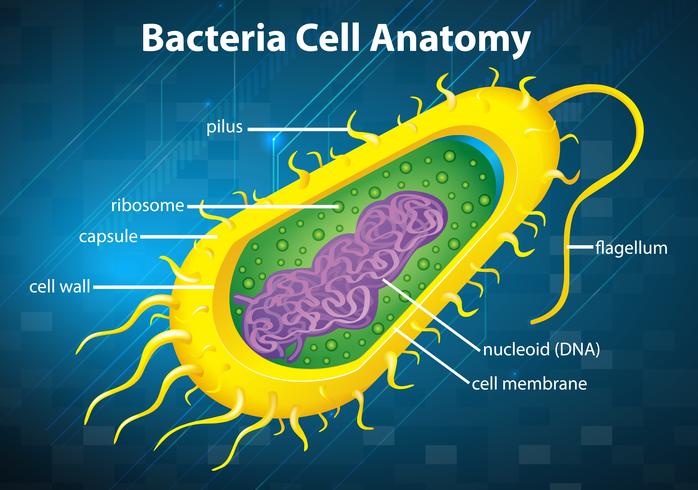
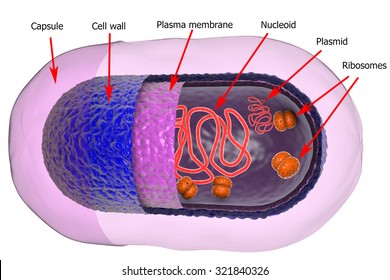


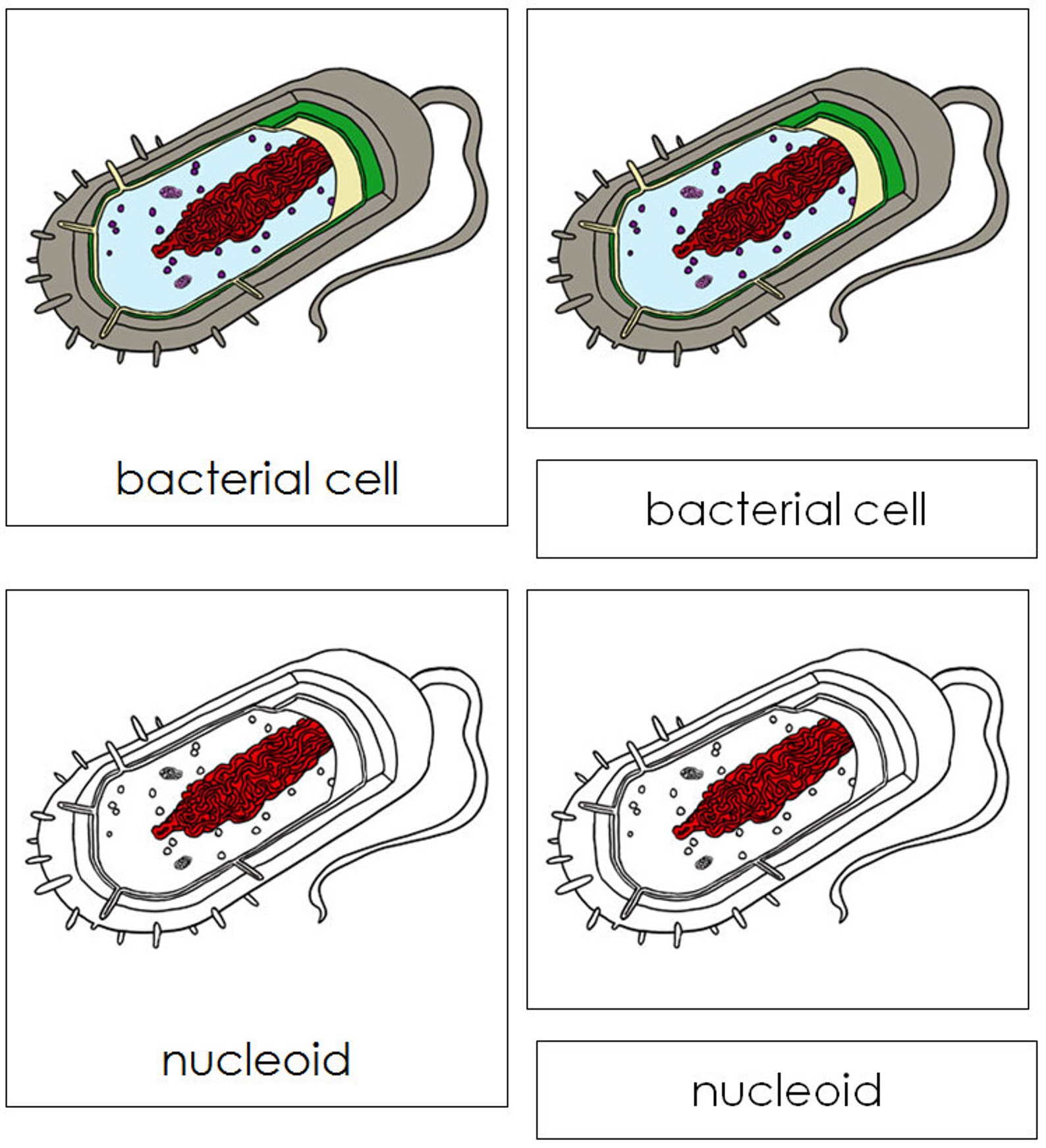

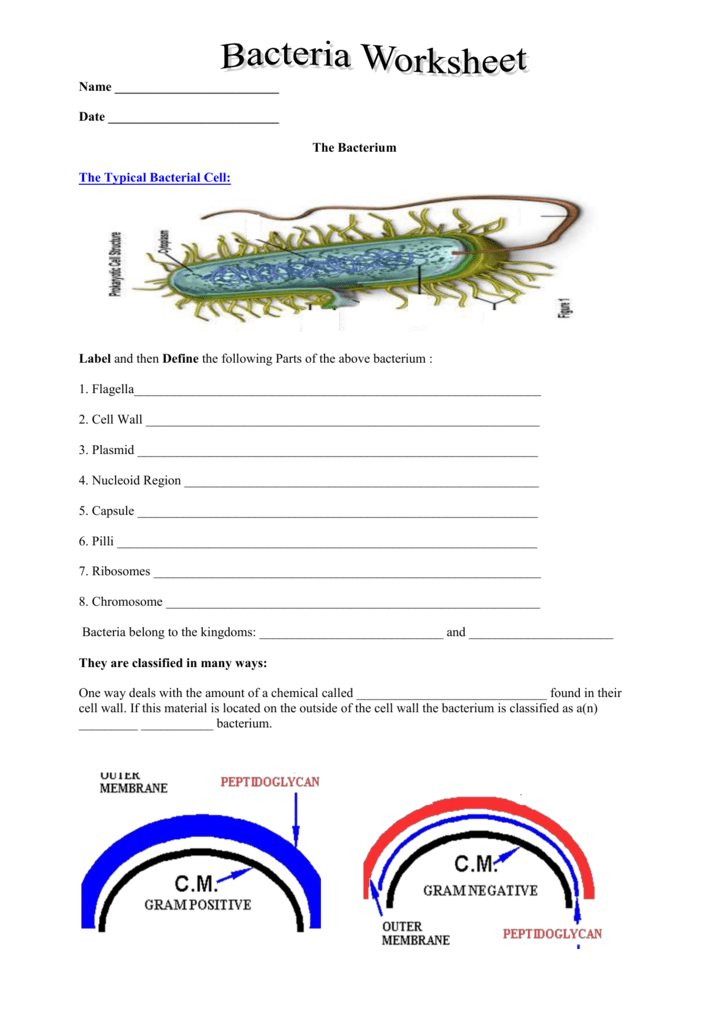
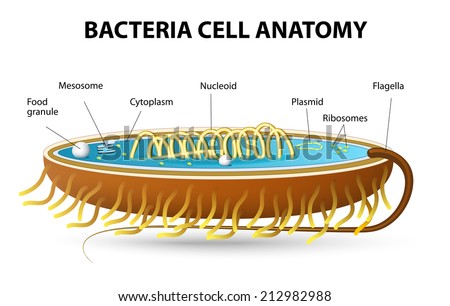



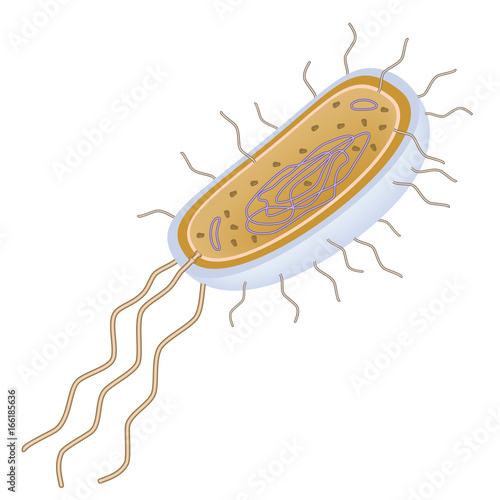

Post a Comment for "40 bacterial cell without labels"